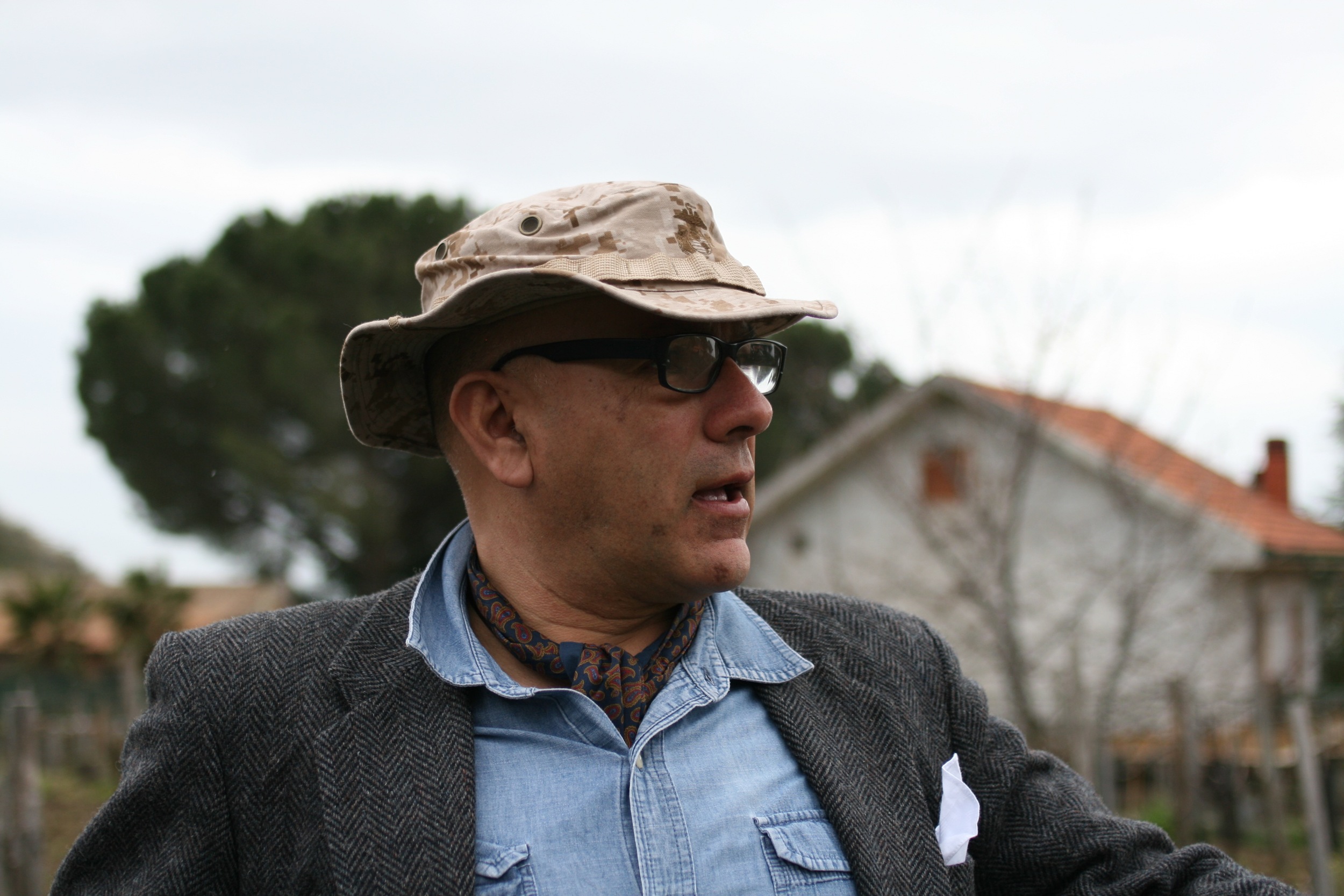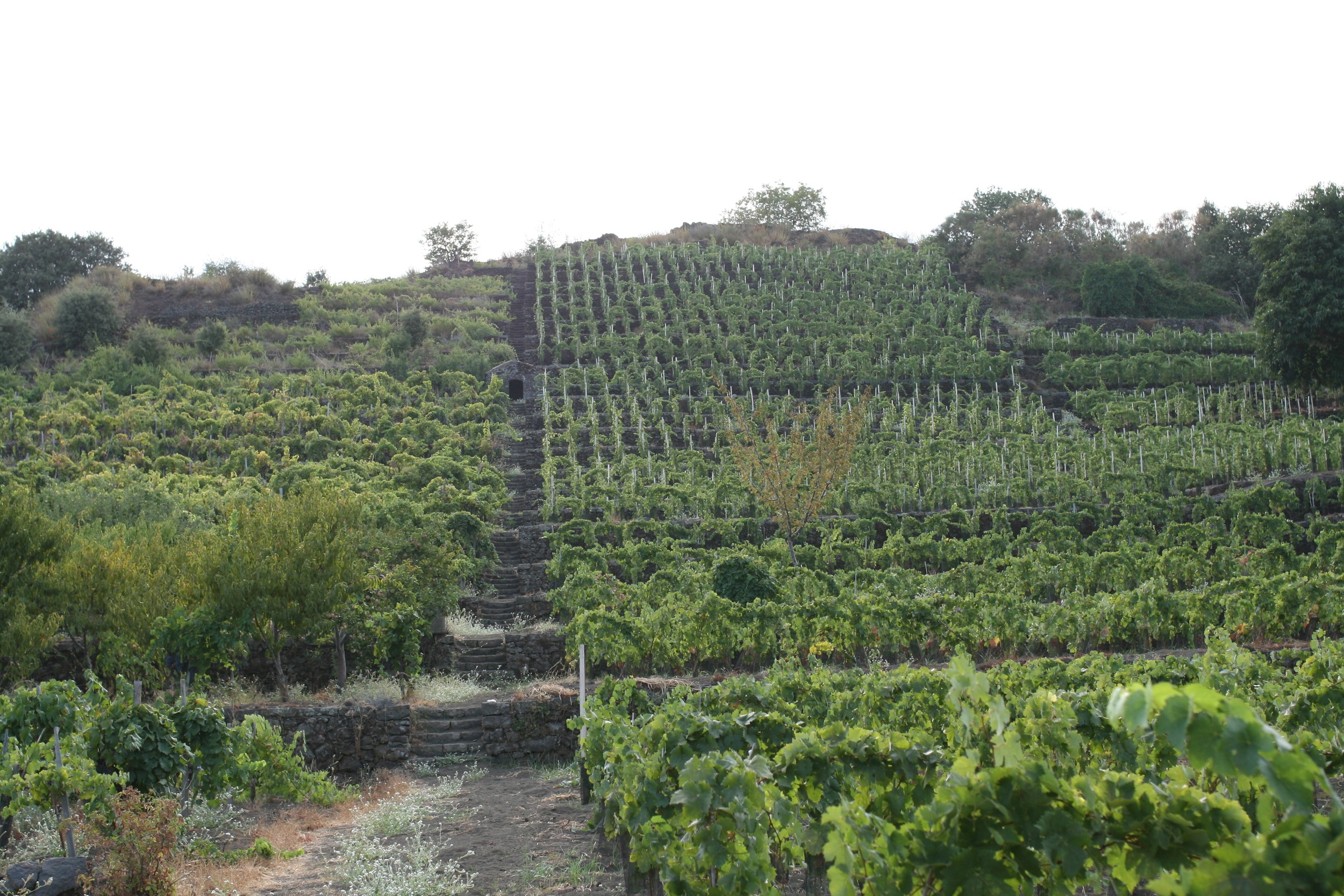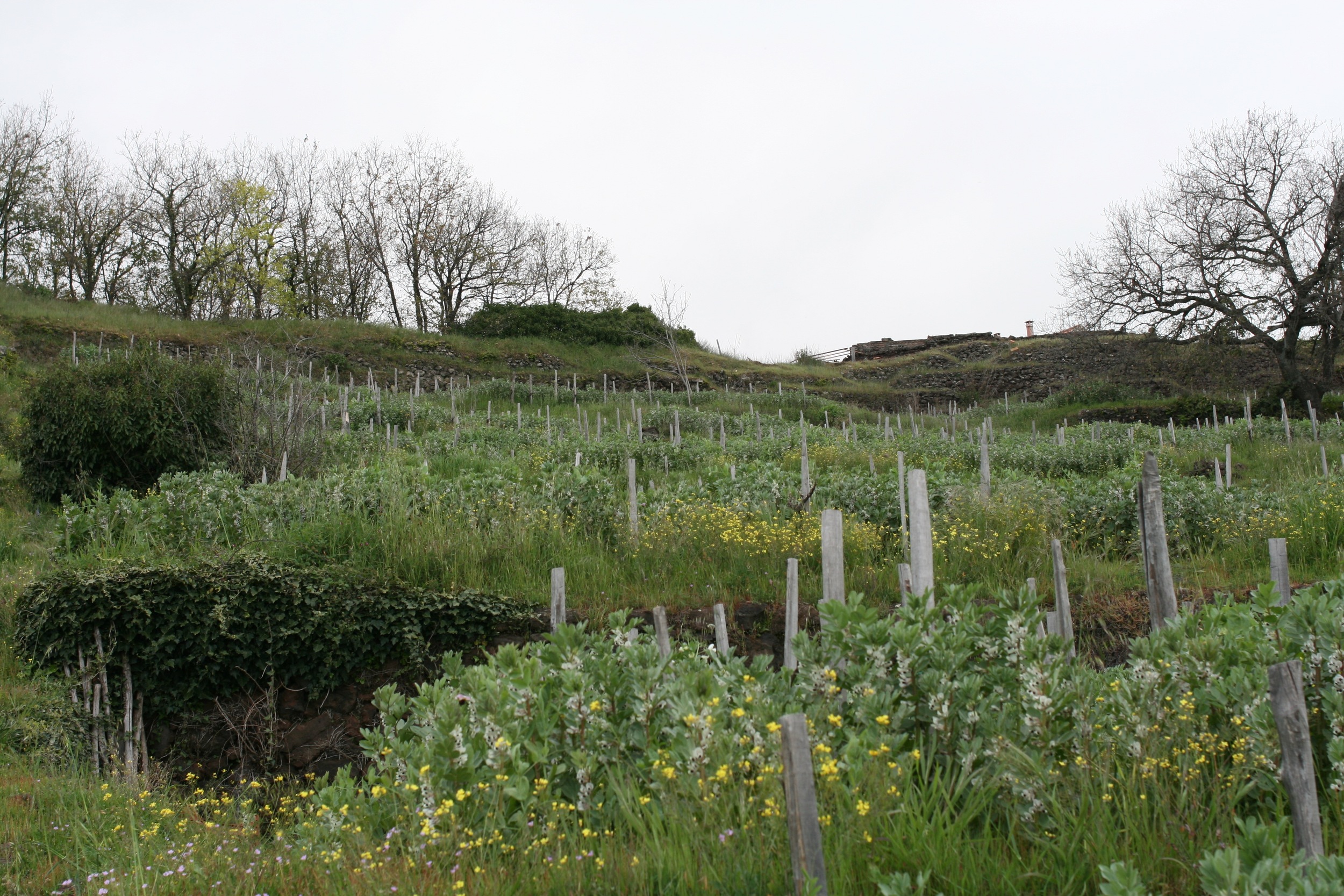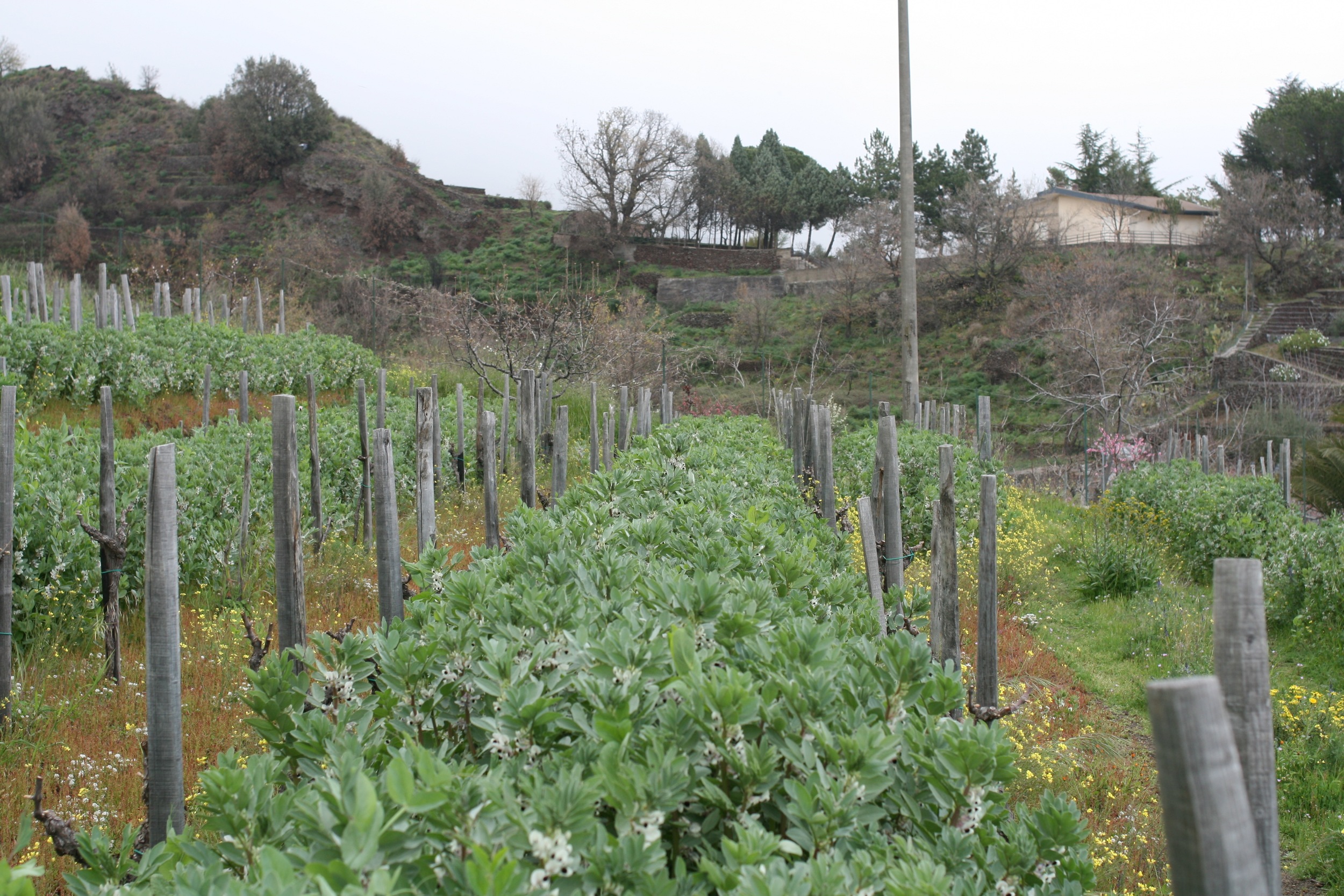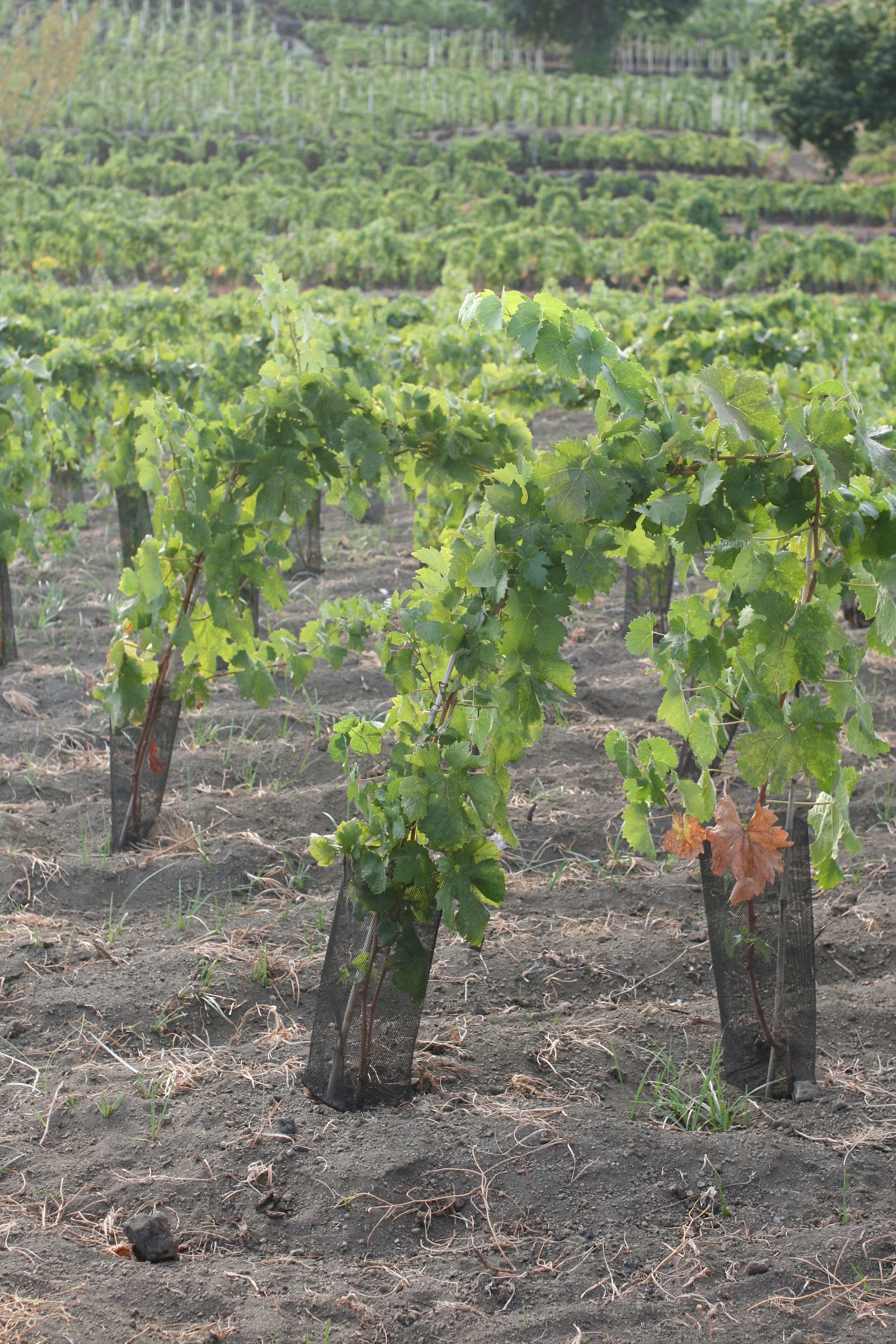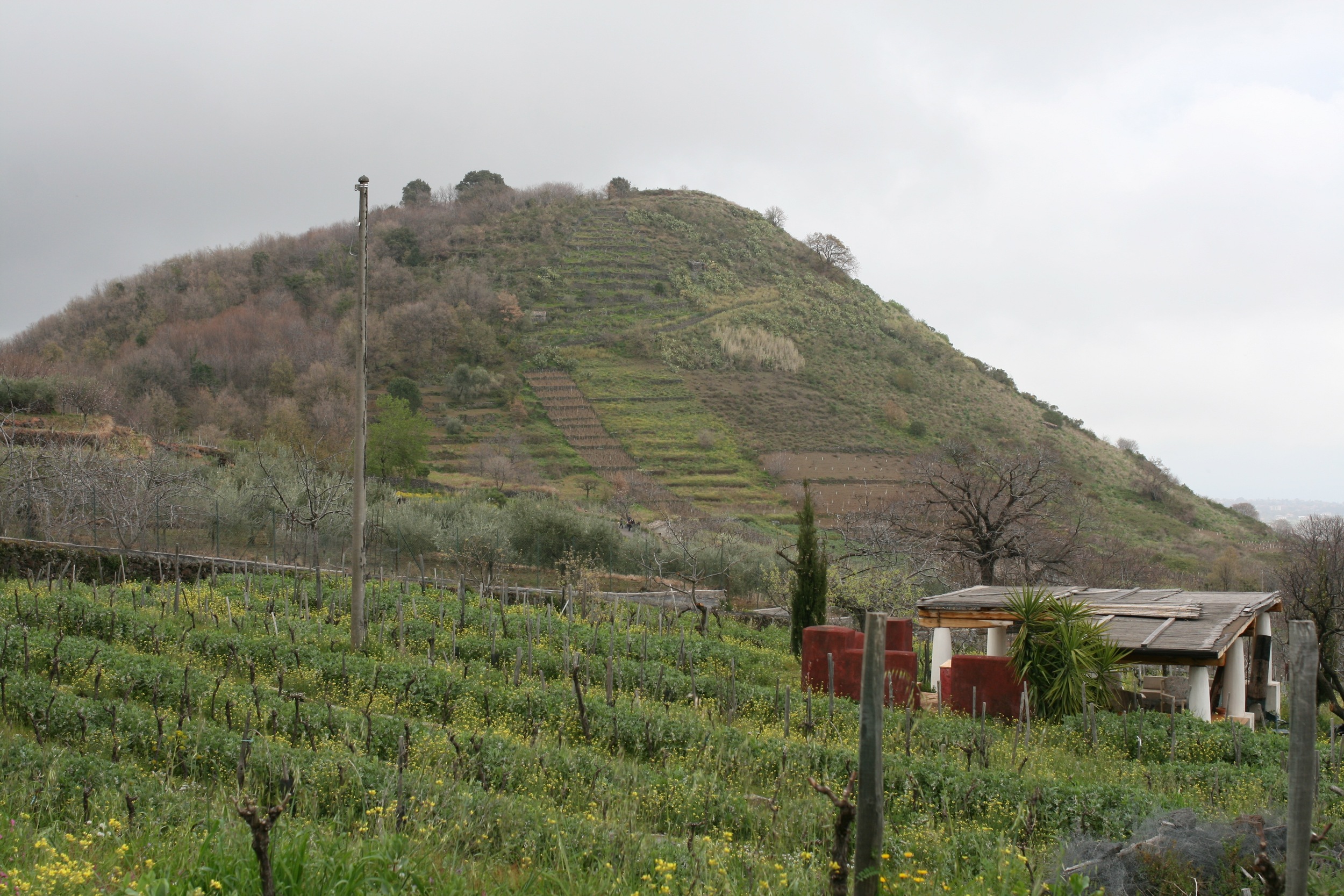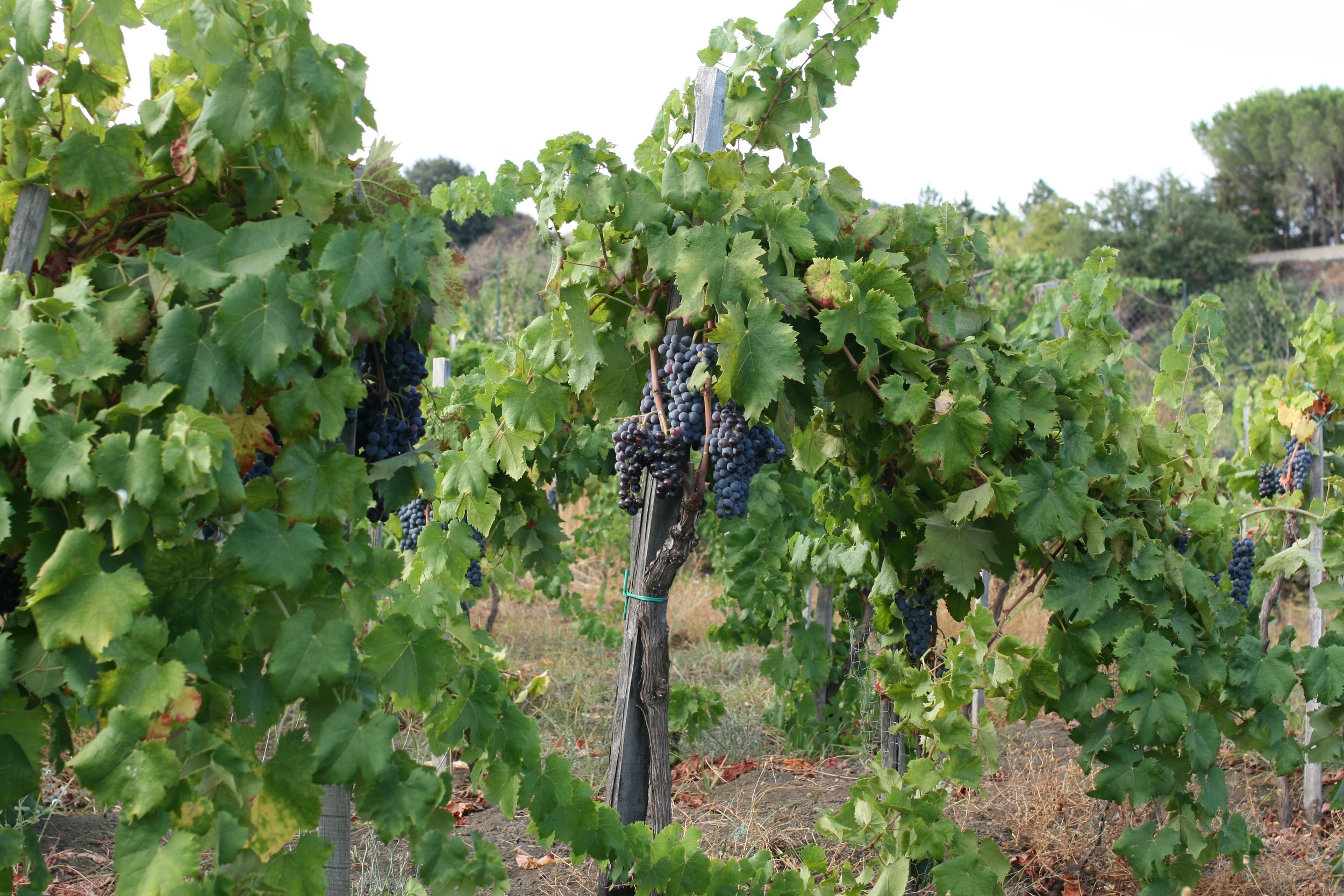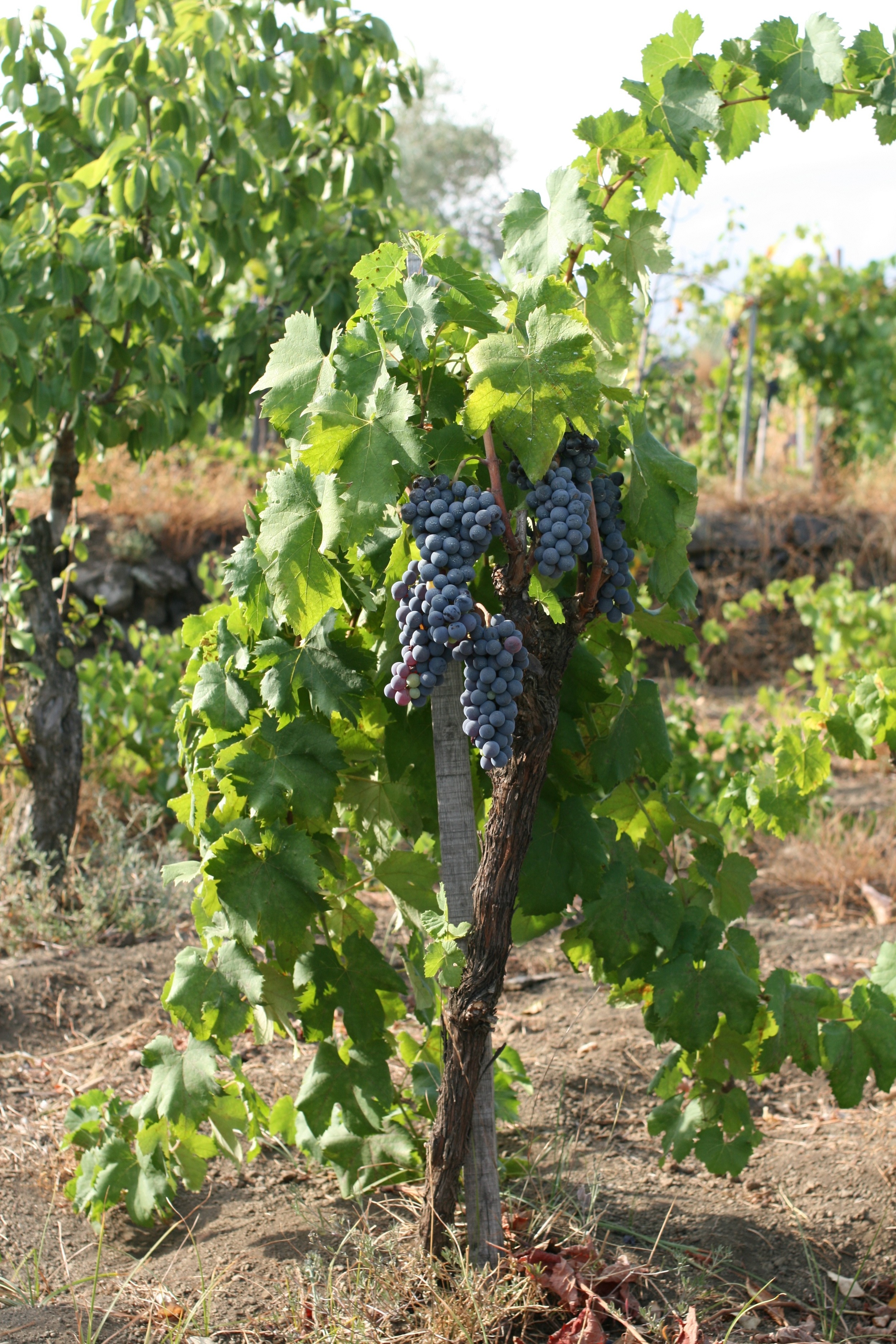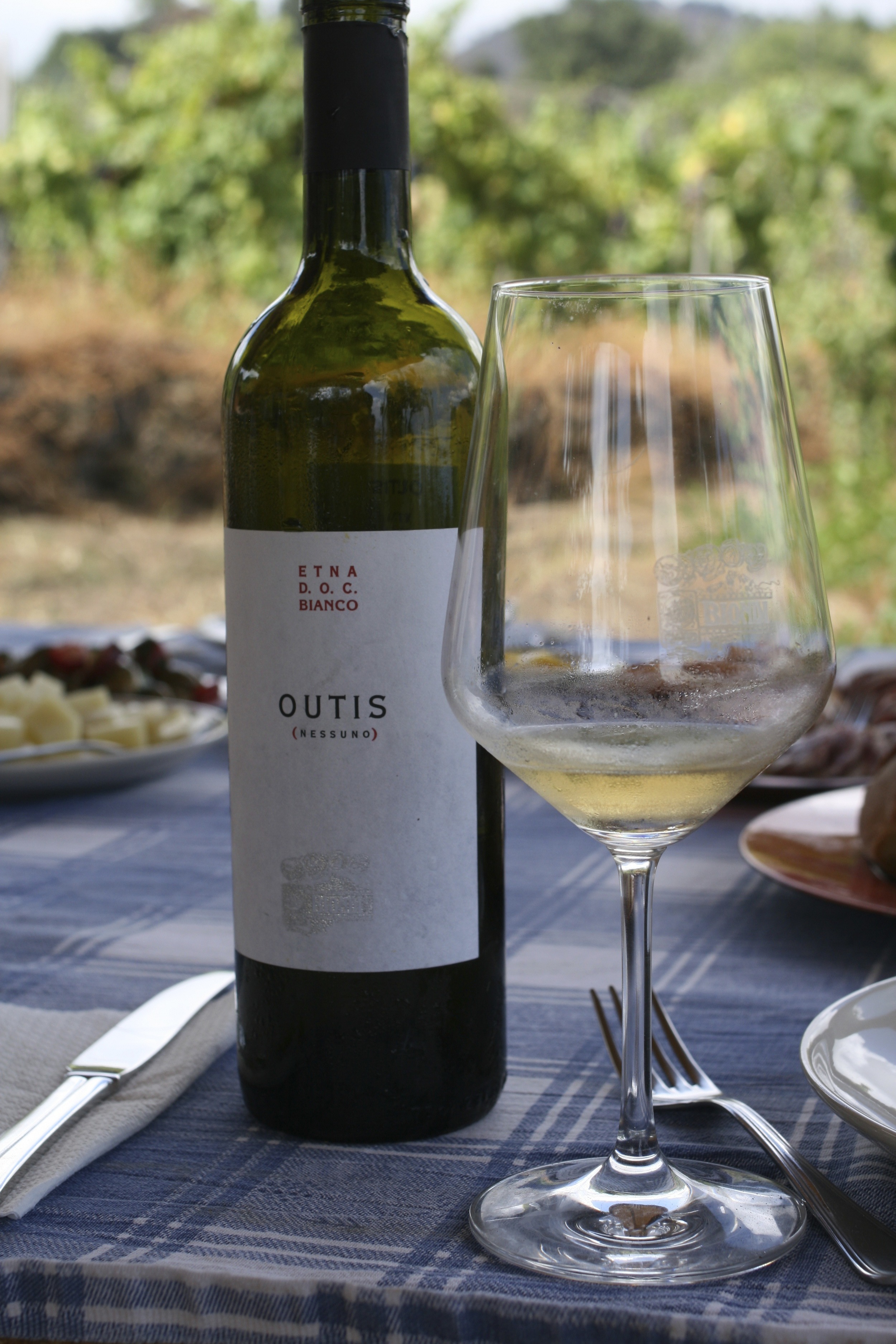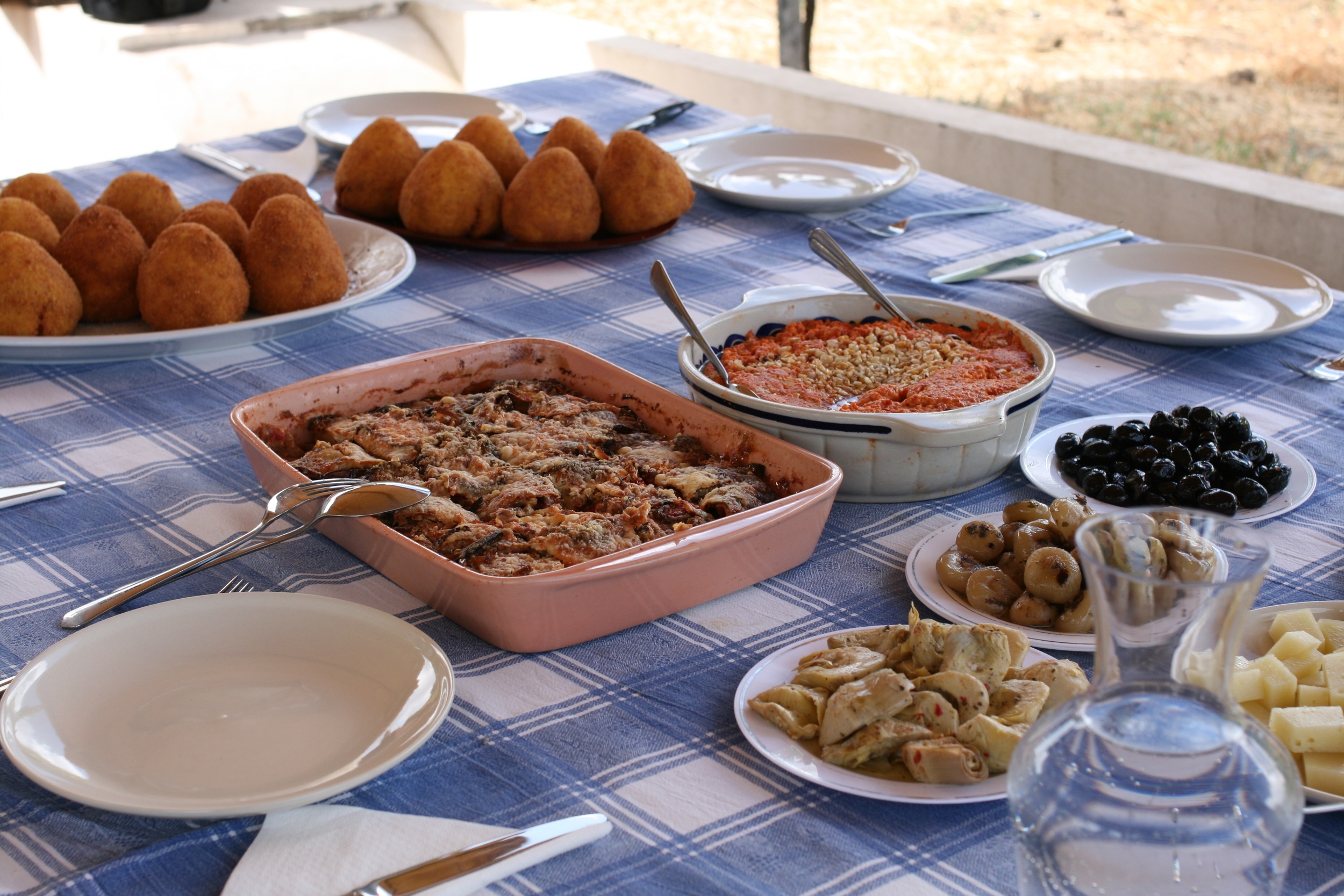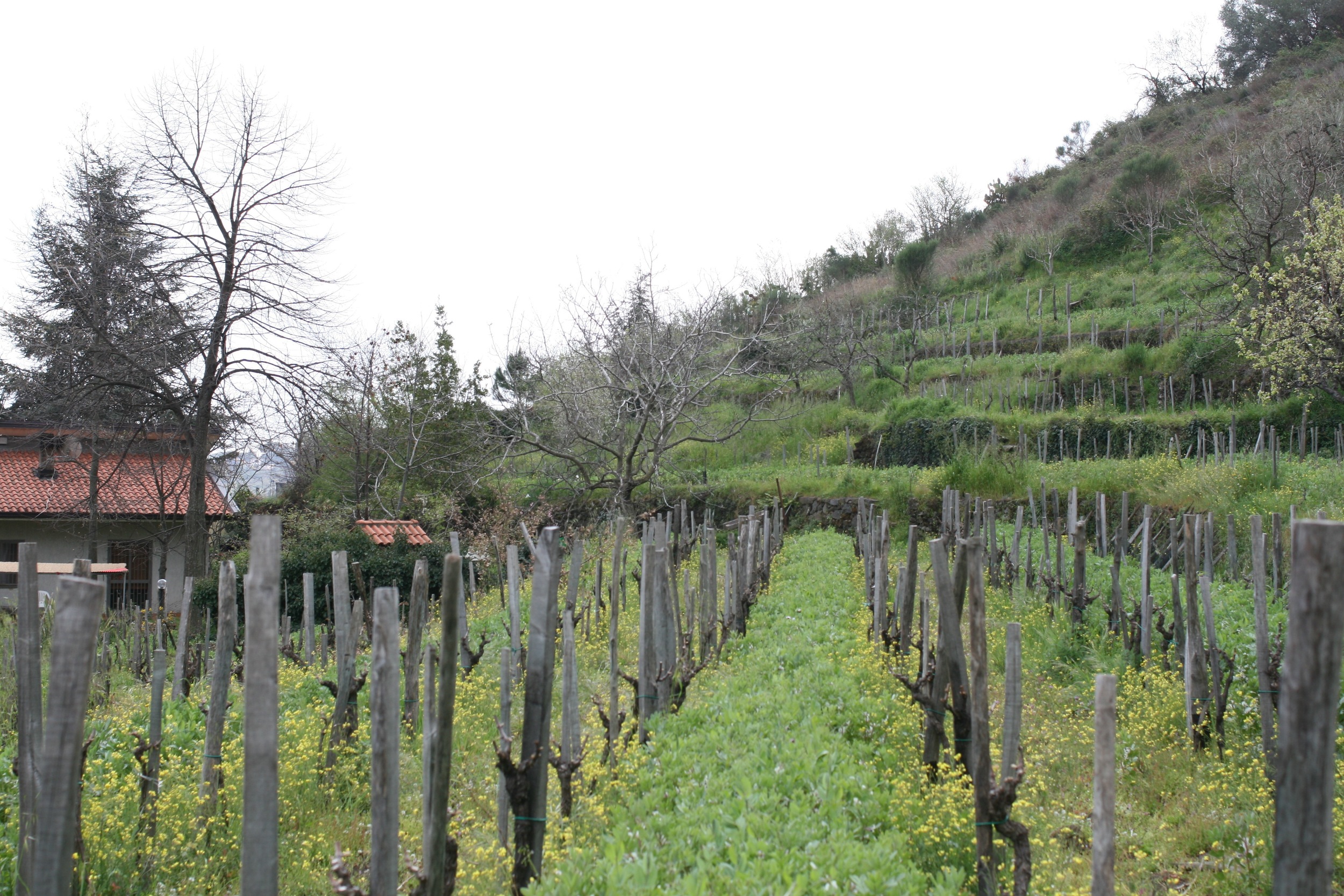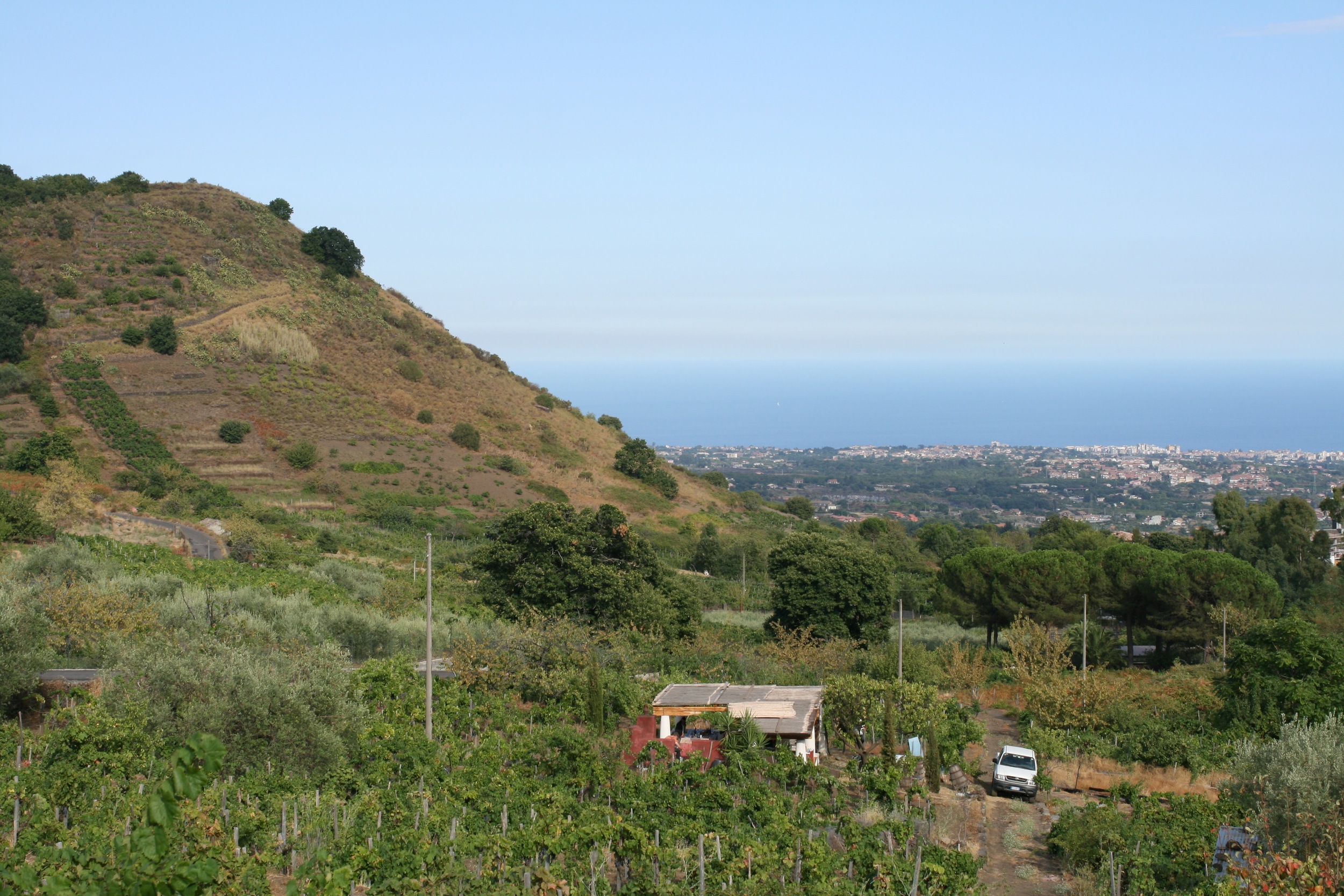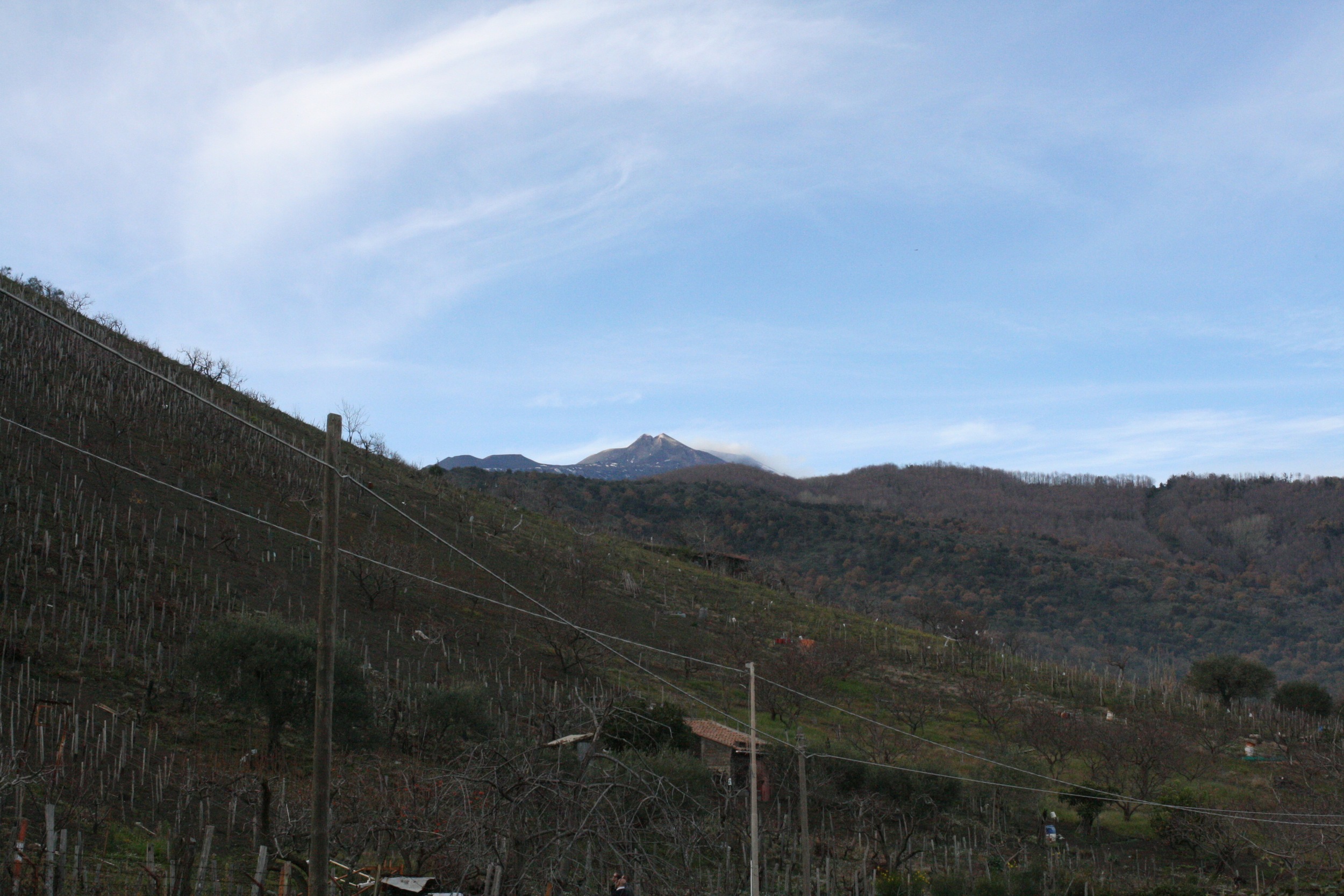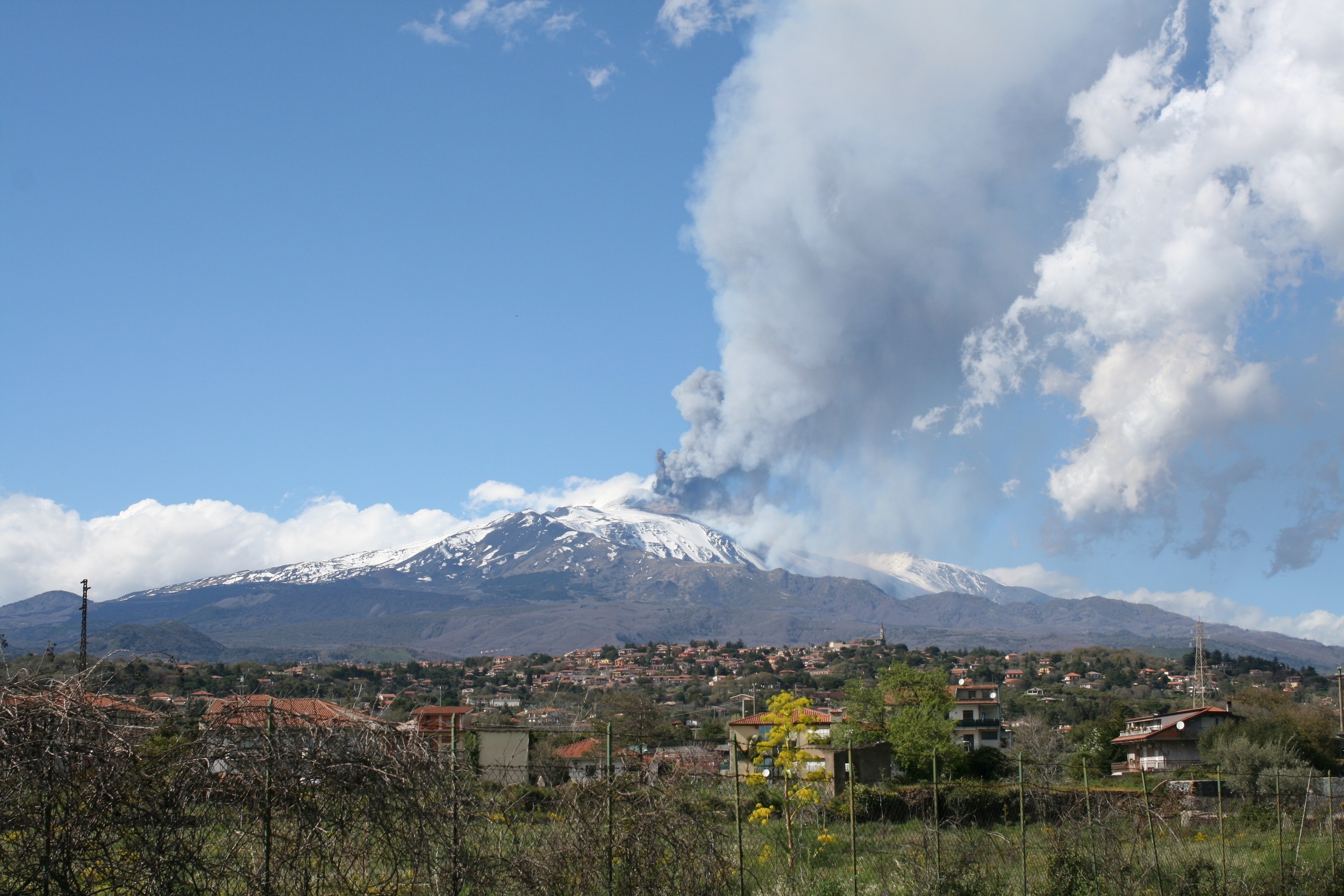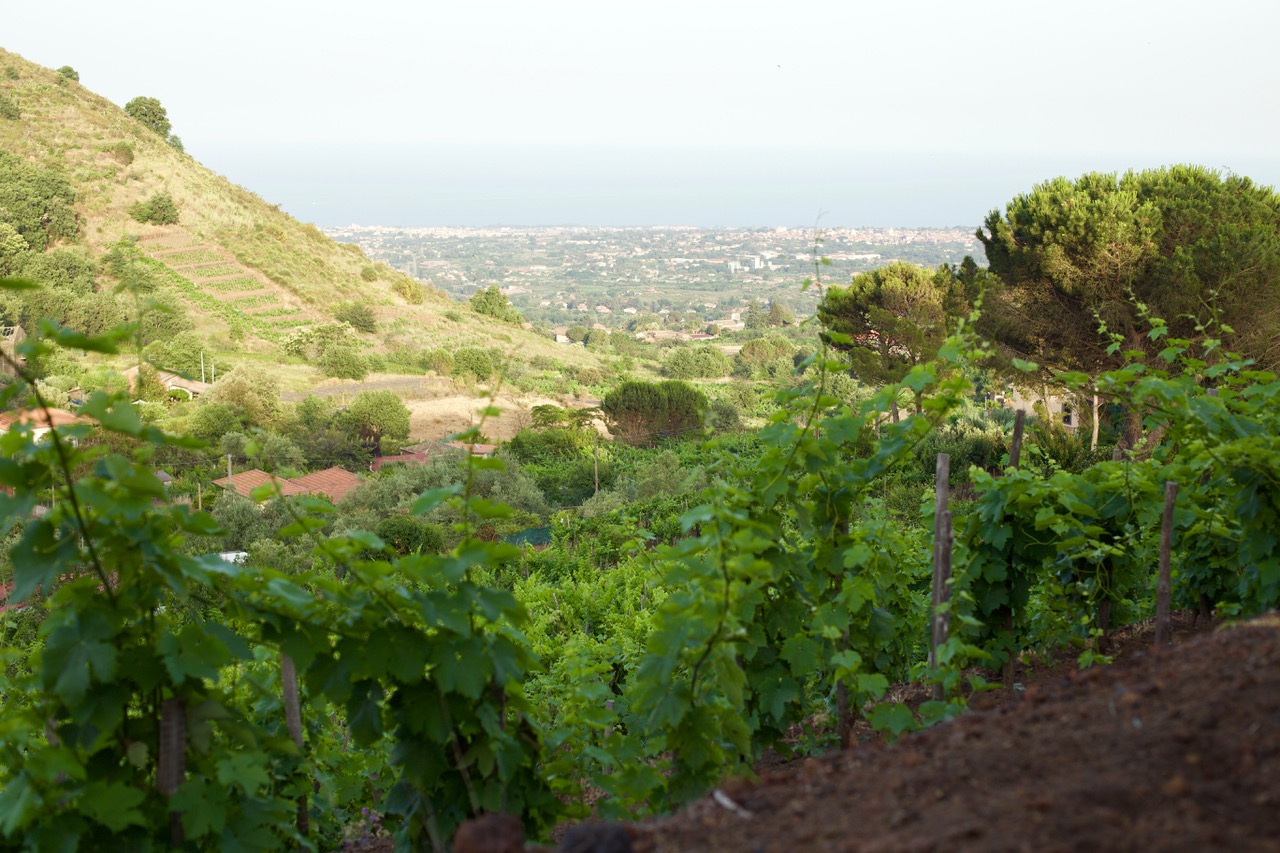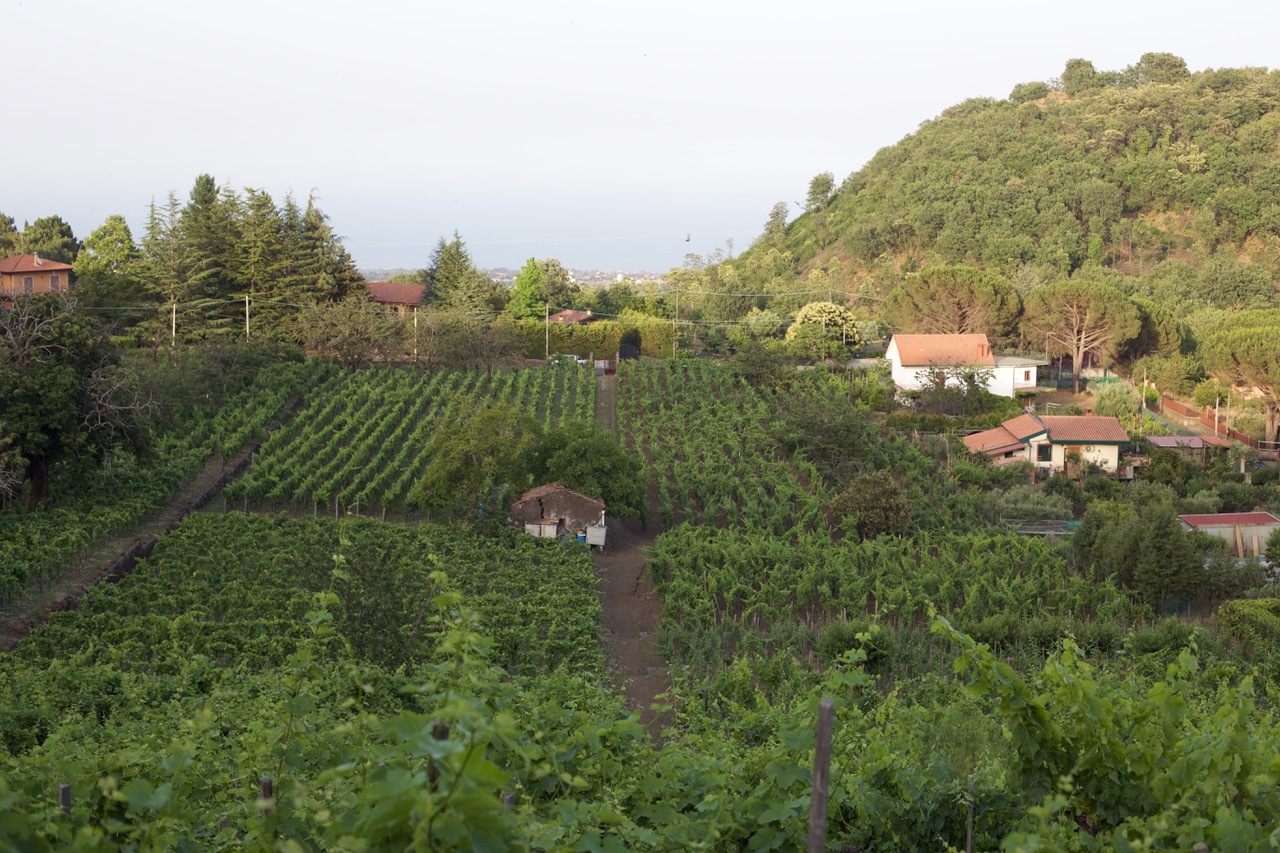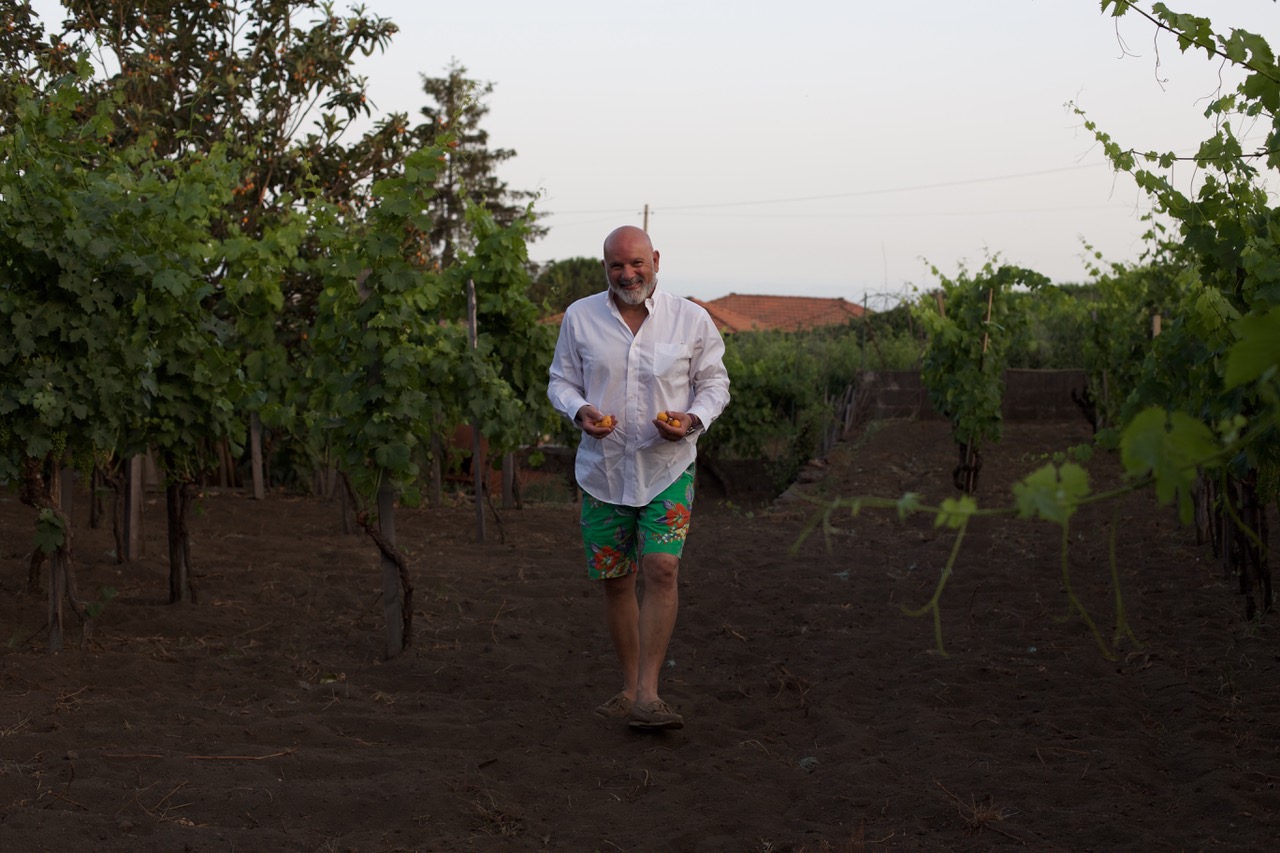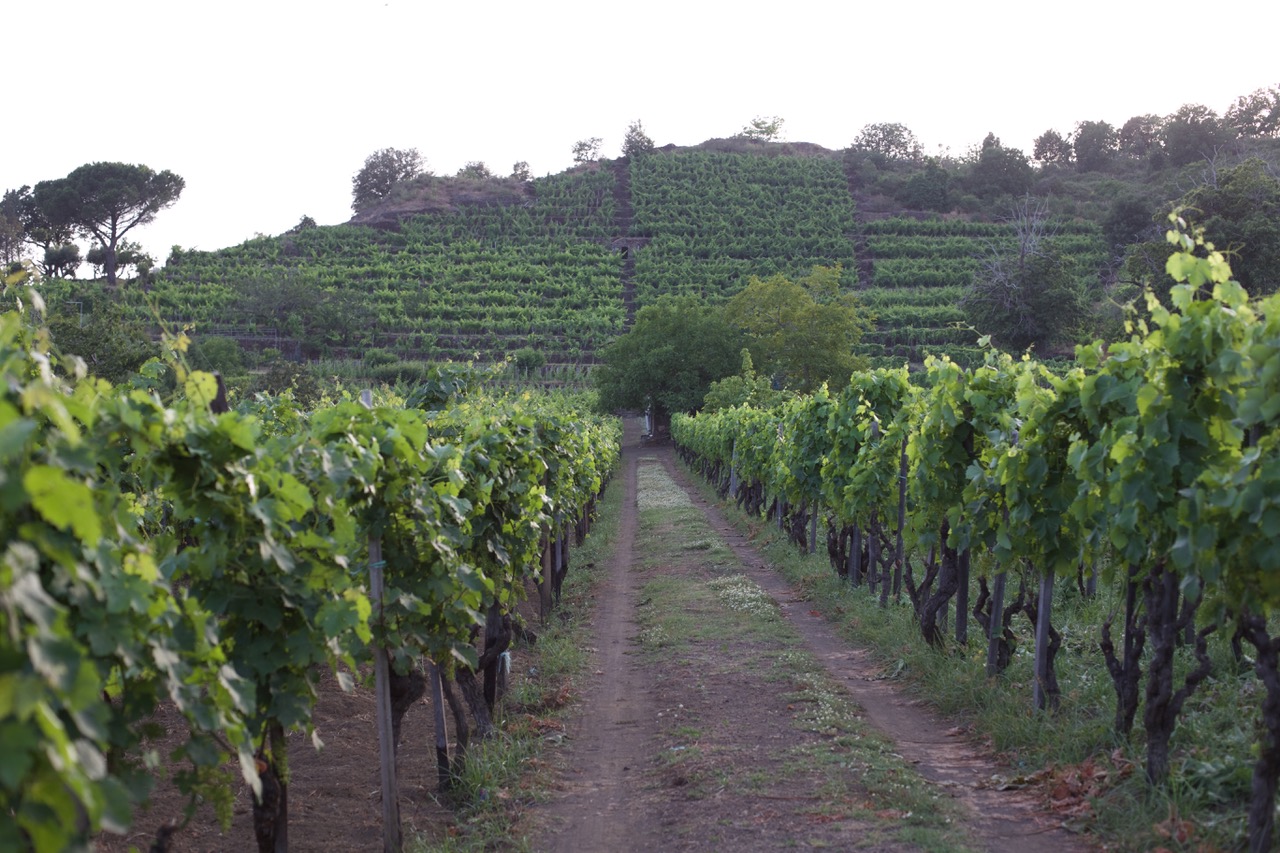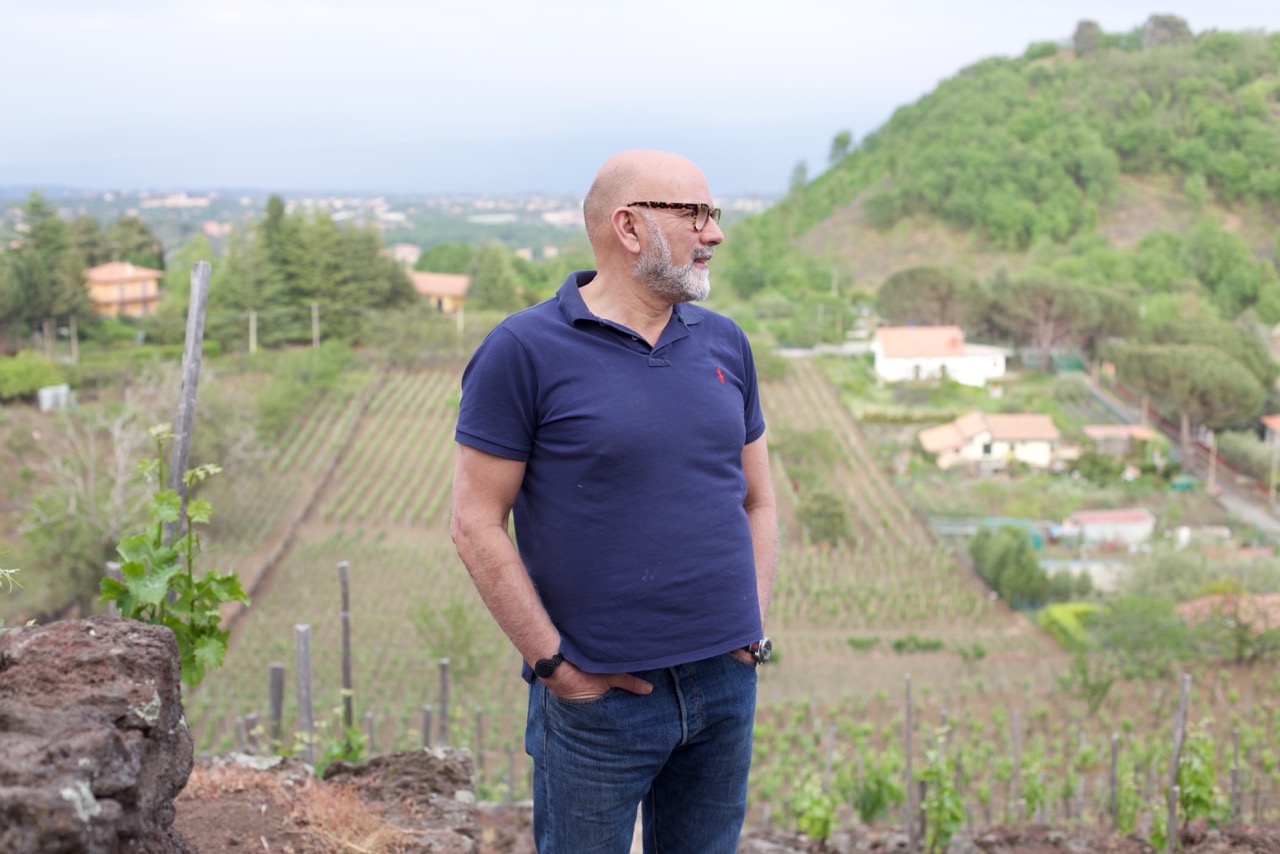Ciro Biondi
_____________________________________________
Organic viticulture
Small production of three single-vineyards
Biondi family has been making wine since the 1500’s
_____________________________________________
About Ciro biondi:
The reputation of the wines of Mount Etna, the enormous active volcano that dominates the north-eastern corner of Sicily, has shot up in the last few years. It is now known as one of the best wine-producing areas in Italy; I think correctly.
Ciro Biondi's family has owned vineyards in this area since at least 1800, and first sold bottled wine under their label a century ago; the modern iteration of the Biondi winery started in 1999. Ciro (an architect by training) and his wife Stef own three vineyards near the small town of Trecastagni and have reworked an old palmento in one of their vineyards as a winery. Barrel storage is in the little old cellar of the family house in the center of Trecastagni.
Once the overall reputation of an appellation is established, the next step (particularly for an area as large as Etna) is to find out how the parts of the appellation differ. Biondi's cellar and three single vineyards are on the south-east slope of the volcano, in Trecastagni. At the moment, the wines grown and produced on the north side Etna, such as Passopisciaro and Terre Nere, are better-known. In my view, this is because there are more established producers there, not because the wines are better. Historically, the south side was better known than the north.
The northern slope of Etna produces wines that are more structured and darker, while the south side of Etna tends to produce wines that are more subtle, more Pinot-like, often paler in color. For this reason, Nerello Mascalese, the predominant variety in all Etna Rosso, is often blended with Nerello Capuccio, a darker variety. I like both styles, and I think time will show that the very best wines from Etna will come from both sides of the mountain. Biondi's wines are now unquestionably in this top echelon, and they are improving every year.
_____________________________________________
THE WINES:
‘Outis’ Etna Bianco Doc
Ciro’s entry-level Etna Bianco and Rosso both bear the name ‘Outis’. This is not a vineyard name, but rather a clever allusion to the mythos of Sicily. In Homer’s epic, The Odyssey, Odysseus and his crew are at one-point ship-wrecked on an island inhabited by cyclops. The crew is captured by one of these creatures, and in order to free them, Odysseus blinds the cyclops in his sleep. While stumbling around blind, the Cyclops asks, “who his attacker was?”. Odyssey replied, “Outis,” which translates to ‘no one’. As the blind cyclops tried to convince his cohort that he was blinded by ‘Outis’, Odyssey and his crew were able to escape the island, which is thought to have been Sicily.
Biondi’s Outis Bianco is primarily Carricante, an intriguing white indigenous grape variety with a distinctive stony minerality. It is blended here with several other more aromatic local varieties, including Minella, Malvasia, Catarrato and Moscatello dell'Etna (unblended Carricante can be almost too lean and minerally).
The combination of bright acidity and minerality from the Carricante with the complex aromatic notes from the other varieties come together harmoniously in the glass. Bright pale straw color in the glass, with aromas of wet stones, with hints of flowers, peach, apricot and herbs. A very flavorful palate impression with lively balancing acidity.
‘Pianta’ Etna Bianco Doc
Ciro’s ‘Pianta’ Etna Bianco comes from a single 2.5-hectare vineyard. Owned by the Biondi family since at least 1800, the name ‘Pianta’ means ‘to plant’ in Sicilian dialect. The vineyard lies on the side of a steep terraced crater, dating back thousands of years. The supporting dry-stone walls were built by Cirino Biondi, Ciro's grandfather. Like the ‘Outis’ Bianco, ‘Pianta’ is also a blend of mostly Carricante, with support from Minella, Malvasia, Catarrato, and Moscatello dell'Etna.
The juice is fermented in oak and then aged in the oak rather than just aging in oak, a trick Ciro learned from a Burgundy producer because a byproduct of the fermentation in oak is it prevents the wine from picking up too much of the oak character. The oak fermentation and aging makes for a complex, pretty, heady white wine — an interesting wine to show CA Chardonnay drinkers who want to try something new.
‘Outis’ Etna Rosso Doc
Biondi’s Outis Rosso is made of Nerello Mascalese, with the permitted addition of up to 20% Nerello Cappuccio, of which Ciro Biondi takes full advantage. This is the most elegant wine I have tasted from Sicily, and one of the best; it shows an almost Burgundian combination of finesse and substance, leaving a wonderful lingering impression on the palate. The wine shows no overt oak, only excellent, clean and balanced winemaking.
A light-medium red Pinot-like color in the glass. Shows aromas of red and black fruits, with balsamic hints. Medium weight on the palate but very flavorful, with a long on the finish and excellent balance. This wine has far more weight and complexity than you'd expect from the relatively pale color (as is true of Pinot Noir and Nebbiolo, of course).
‘San Nicolo’ Etna Rosso Doc
The ‘San Nicolo’ vineyard is roughly half-a-hectare, and was originally owned by Angelina Biondi, the great aunt of Ciro. She was a fantastic person, died at the age of 99, with a great sense of humor and young spirit. The vines lie on the side of a spent crater, which is 12,000 years old and very steep, with supporting dry stone terraced walls. The soil is very rich in iron especially on the top, where there is red pumice. All the vines in this vineyard are ungrafted, thanks to the volcanic soil which won’t support phylloxera.
Like his ‘Outis’, the Rosso produced from ‘San Nicolo’ is 80% Nerello Mascalese-20% Nerello Cappuccio. The wines from this site tend towards elegance and perfume.
‘Cisterna Fuori’ Etna Rosso Doc
‘Cisterna Fuori’ means ‘outside cistern’ and is a reference to an ancient water cistern in the middle of this vineyard site. This vineyard has been owned by the Biondi family for many centuries and is also used to grow red grapes. The vines lie on the side of a spent crater, which dates 125 BCE, and is very steep with supporting dry stone terraced walls. This site is in the opposing crater to ‘San Nicolo’, and is essentially across the street.
Despite the closer proximity, the variety in exposure and temperature creates two totally different wines - San Nicolo’s elegance and perfume offers an amazing contrast to Cisterna Fuori’s power and complexity. Ciro and Stef Biondi were married in the very heart of this vineyard in 2004.
